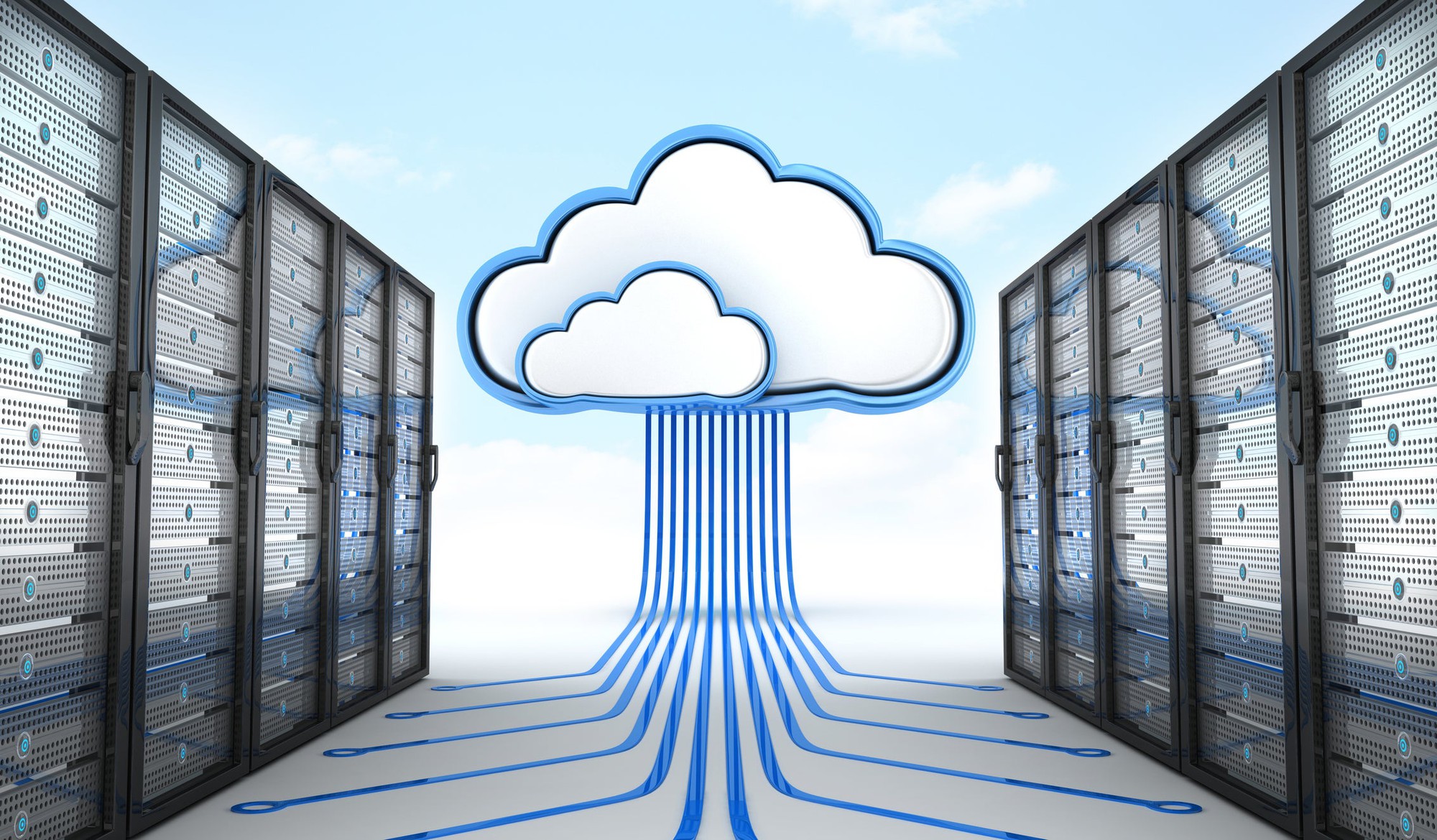In the past few years, distributed cloud services have obviously become a trend among Internet users. They are of great value, and their significance for the modern world is not in the least exaggerated. But first, let us figure out what kind of services they are, how they appeared, and what advantages and disadvantages they have.
The Origin of Distributed Cloud Services
The idea of creating cloud services first came to people’s minds a long time ago, it was back in the fifties of the twentieth century. The first “clouds” appeared in 1972, they were launched by an American company. Cloud services began to develop actively only in the nineties.
At that time, people created the cloud server program, which became the progenitor of the systems that are used today. Another incredibly important change in the structure occurred in 2009. Large browser companies have proposed creating distributed clouds in applications (for example, Google Apps). To this day, people continue to develop technologies that were invented in the past.
Distributed Cloud, Its Definition and Purpose
A distributed cloud is an infrastructure based on the distribution of public cloud services to different physical locations. Nowadays, people use them to make it more convenient to store information, all kinds of calculations, accounting records, and many other things. Cloud services are so-called virtual environments, which is why it is especially beneficial for people in the twenty-first century to use them.
Today, cloud computing has found its place not only in computer technology, but also in other fields such as medicine, banking, economics, logistics, industry, and more. The mentioned facts make it obvious that life without cloud services would be much more difficult and inconvenient. Besides, their disappearance may even cause regression in social development.

Types of Cloud Services:
- Public cloud. This cloud service implies that one infrastructure is being shared by several customers.
- Private cloud. This type implies that everything in the cloud is hosted on one server for only one customer.
- Infrastructure-as-a-Service. Programmers provide a special computing system for a customer.
- Platform-as-a-Service. Providers give customers the opportunity to purchase a ready-made program.
Advantages of Distributed Cloud Services
Clouds are designed for both general use and individual or private use. These services are not very expensive, as they do not require clients to purchase equipment. The main thing here is to acquire online resources, which makes the amount of material investment required lower. The Internet has huge cloud scales.
There is no need to recruit employees to use distributed services because the employees of the clouds themselves take on functional literacy, all responsibility lies with cloud service providers, and they are the ones who control all the main processes in this area. Convenient and accurate computing system that does not spend a lot of time. It is much cheaper to implement new technologies in clouds.
Disadvantages of distributed cloud services
Cloud services are quite expensive to buy, but all the advantages they have justify their cost. In general, cloud services are so popular because they either have no disadvantages or their disadvantages are minor.
Distributed clouds have become a trend in recent years for a reason. They make life incredibly easier for both large and smaller companies, allowing them to automate all vital processes.












